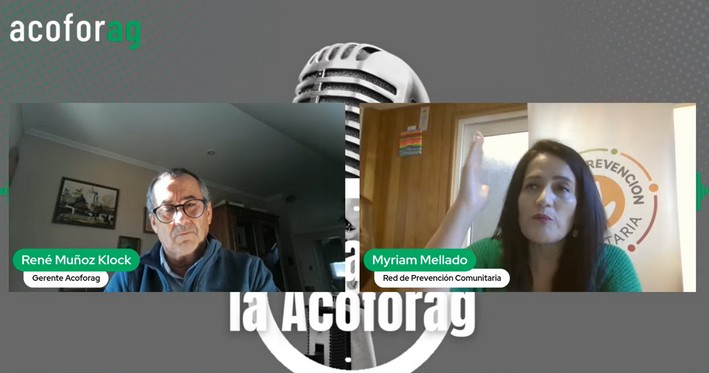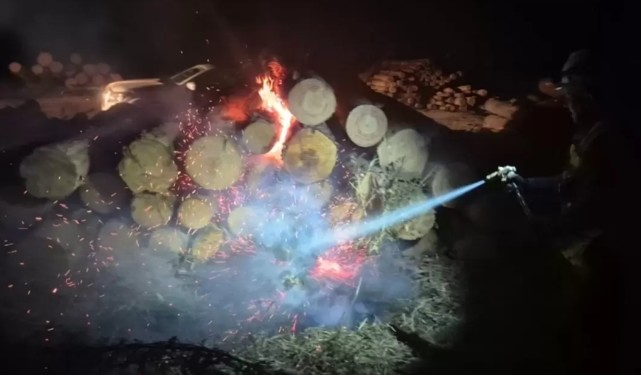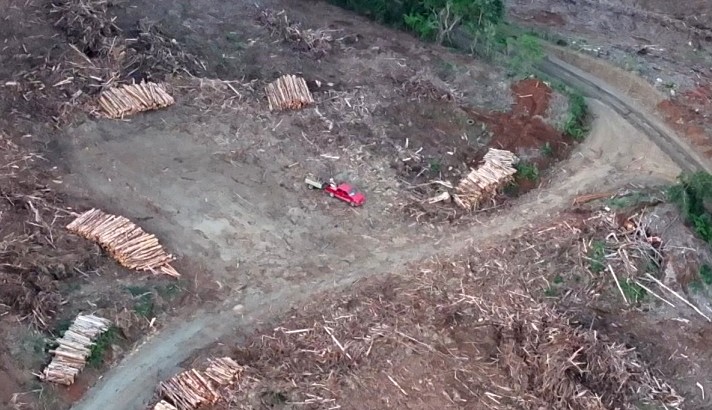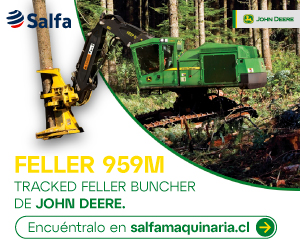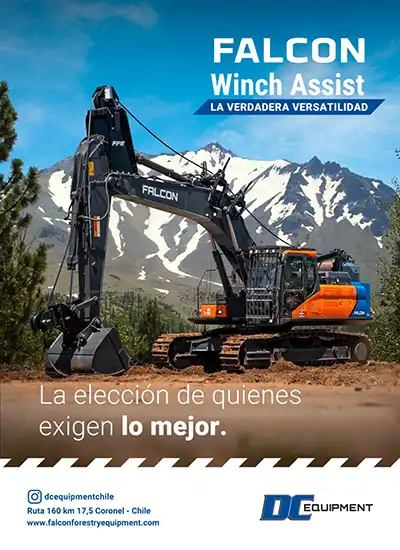"We Are Changing History": The Impact of the Community Prevention Network in the Fight Against Wildfires
Since the mega-fires of 2017 devastated entire towns in south-central Chile—leaving Santa Olga as a symbol of the disaster—an urgent need arose: to prevent a tragedy of that magnitude from happening again. From that catastrophe, the Community Prevention Network was born, an initiative that today, eight years later, has become an effective model for wildfire prevention, with its strength rooted in the voluntary commitment of thousands of neighbors.
Myriam Mellado, the Network's Outreach and Communication Coordinator, remembers that starting point well. "It was a turning point. The state, municipalities, and especially the communities understood that prevention couldn’t be left solely in the hands of institutions. People needed to be empowered and trained to identify risks in their own territories. That’s how the Network was born," she explains.
Since then, the Network has grown steadily. In 2017, it began with 280 communities, and today—2024-2025 season—it has reached 494 active committees, with projections to exceed 530 this year. Over 6,000 neighbors participate directly across 8 regions of the country, from Valparaíso to Los Lagos, organized into committees covering urban-rural interface zones where wildfire risk is highest. In Biobío alone, nearly 50% of the Network’s work is concentrated, with 245 active committees.
The impact is undeniable. While wildfires in Chile increased by 5% this season, the Network’s communities reduced occurrences in their territories by 17%. "That’s no coincidence. It’s the result of sustained work—neighbors identifying risks, cleaning their areas, coordinating with power companies, building firebreaks, conducting training, and patrolling. All of this, voluntarily and with a clear methodology," says Mellado.
One of the pillars of this model is the territorial facilitator: a person dedicated to supporting committees on the ground, facilitating training, providing materials, and connecting neighbors with public and private institutions. "Without the facilitator, many of these processes wouldn’t materialize. Training alone isn’t enough. You have to guide the implementation of that knowledge," she asserts.
The Network has been made possible through unprecedented private-sector commitment. Companies like Arauco, CMPC, Forestal Vista Hermosa, Comaco, and recently SSP LATAM fund the Network’s operations, including facilitators, vehicles, materials, and technical support. "These companies understood that protecting their forest assets isn’t enough. They’re also neighbors in these territories. And their commitment has been key to making this work," Mellado states.
She also emphasizes that the Network doesn’t serve corporate interests: "Many neighbors initially thought we were only here to protect company forests. But over time, they’ve seen this work is for everyone—to safeguard our homes, families, and communities. That’s built trust."
Committee formation is open and voluntary. "When we arrive in a territory, we explain the methodology and invite neighbors. A committee forms with those who want to participate—neighborhood associations, sports clubs, local groups. They define their area of influence, which can range from 250 hectares to over 15,000, as in some parts of Valdivia," she explains.
In total, the Network now covers between 500,000 and 600,000 hectares with direct community prevention efforts. And the goal is to keep growing. "We want to add more companies, municipalities, and social actors—even the state. This needs to become public policy. Because it’s proven: prevention works," she notes.
The full interview is available on Acoforag’s YouTube channel:


